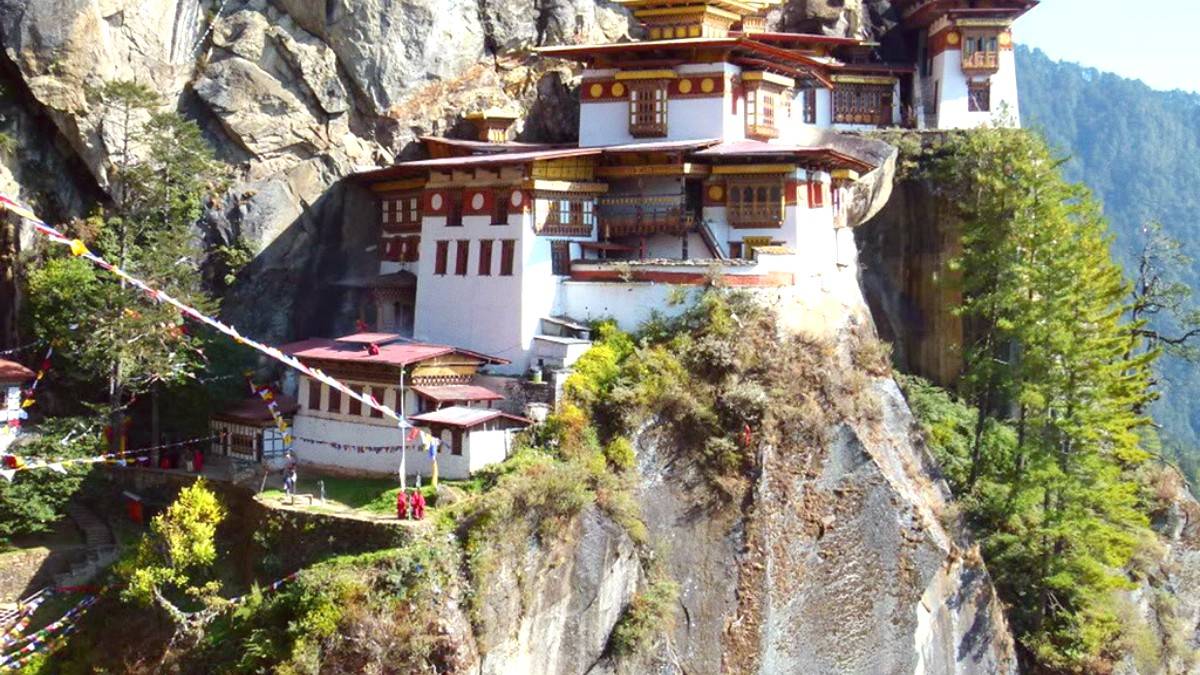
Northeast States, India
It is a destination that truly stirs the spirit, presenting a rich heritage and a welcoming disposition. This guide shares the practical information for a rewarding trip to this extraordinary state.
Nagaland stretches across the northeastern part of India, a state of predominantly mountainous terrain. The Naga Hills run through the region, creating a landscape of deep valleys, winding rivers, and high peaks. Mount Saramati, the highest peak, marks part of the border with Myanmar. This mountainous geography profoundly shapes the local climate, culture, and way of life.
Dense subtropical rainforests cover much of the lower altitudes, making way for cooler, temperate forests at higher elevations. Rivers like the Dhansiri, Doyang, and Dikhu cut through the landscape, contributing to its fertility and natural beauty. These geographical features isolated Naga tribes historically, fostering distinct cultures and dialects in each valley and hill range. The rugged terrain means travel between towns can take longer than anticipated, making shared taxis and robust vehicles common. The elevation also influences temperature variations, leading to cooler conditions in the higher reaches compared to the warmer plains of Dimapur.
A pivotal moment in Nagaland's recent history was the Battle of Kohima (April-June 1944). This fierce battle, often called the "Stalingrad of the East," saw Allied forces (mainly British and Indian) defend Kohima against the invading Japanese army. The British Commonwealth War Cemetery in Kohima is a solemn memorial to the thousands of soldiers who perished in this brutal conflict, which stopped the Japanese advance into India. This historical event shaped the modern identity of Nagaland, bringing it into the global consciousness and nurturing strong ties with Allied nations.
Nagaland's history is a compelling narrative of resilience, cultural pride, and transformation. Historically, Naga tribes lived as independent, self-governing village republics. They developed rich warrior traditions, distinct social structures, and unique cultural practices, including headhunting, which ceased by the mid-20th century. The arrival of the British in the 19th century brought significant changes, leading to the gradual integration of the Naga Hills into British India. However, the Naga people maintained a strong sense of identity, resisting complete assimilation.
Independent Naga village republics with warrior traditions.
British arrival and gradual integration into British India.
Battle of Kohima, a significant World War II conflict.
Period of political discussions following India's independence.
Nagaland attains full-fledged statehood within the Indian Union.
Following India's independence, a period of political activity marked the region as Naga groups sought greater autonomy. Over decades, peace accords and negotiations led to the formation of Nagaland as a full-fledged state of the Indian Union in 1963, acknowledging the unique identity and aspirations of its people.
The state's history extends beyond conflict; it also embraces the preservation of ancient customs and the spread of Christianity, now the predominant religion.
Nagaland continues efforts to balance tradition with modernity. The resilient spirit of the Naga people and their deep connection to their ancestral lands frames any visit.
Nagaland's past is a testament to its people's enduring spirit and cultural richness.
Nagaland, a landlocked state in Northeast India, offers an unique blend of culture and nature. Kohima serves as the capital, while Dimapur functions as the commercial hub and main entry point. The state embraces 17 recognized major tribes, each with distinct languages, customs, and traditional attire. This diversity becomes most apparent during the Hornbill Festival, a ten-day cultural celebration held every December.
The economy relies heavily on agriculture, with terrace farming frequently seen in the hilly regions. Rice is the staple food, complemented by a diet rich in smoked meats and fermented bamboo shoots. English is the official language, making communication straightforward for many visitors. While Christianity predominates, traditional animistic beliefs still influence cultural practices. The state honors its tribal heritage while progressing, offering visitors a chance to engage with a distinctive part of India. Nagaland promises a journey filled with genuine encounters and stunning vistas.
Home to 17 major tribes, each with unique traditions and languages.
Economy centered on agriculture, with terrace farming and staple rice.
English as official language; Christianity as dominant religion.
The state's diversity is most visible during the Hornbill Festival, a ten-day cultural extravaganza.
Nagaland truly presents a distinct and captivating part of India.
A visual journey through Nagaland's breathtaking landscapes and culture.
These images capture the essence of the state, from its serene hills to its lively festivals.
The characteristic mountainous terrain with lush greenery.
A geographical depiction within India's northeast.
Essential gear for exploring Nagaland's trails.
Bustling hubs for fresh produce, local crafts, and traditional foods.
Women weaving shawls and textiles, a central part of Naga identity.
Villages where traditional ways of life and community bonds remain strong.